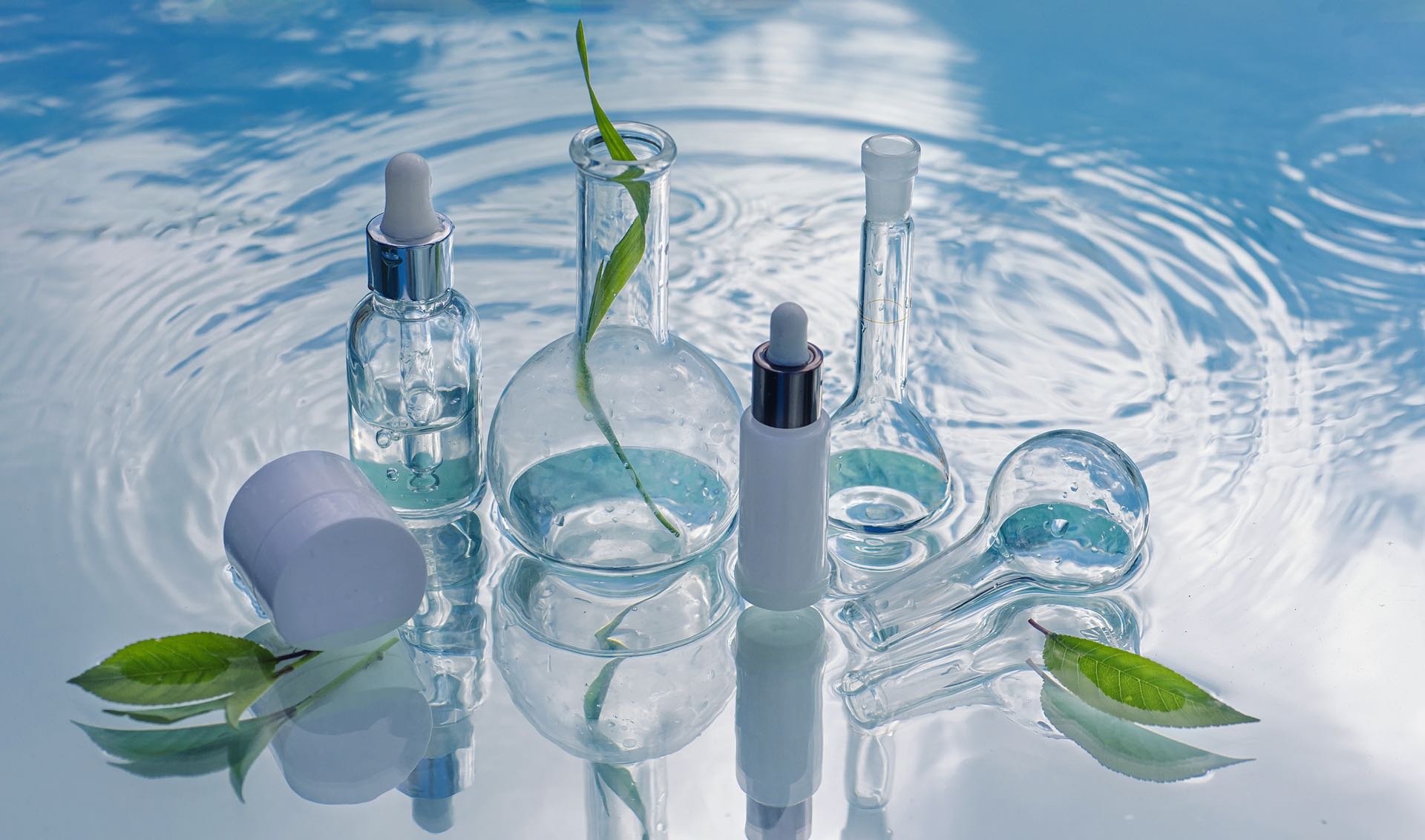CAS:94-34-8
Molecular Formula:C10H12N2
Molecular Weight:160.22
EINECS:202-325-5
Synonyms:3-(METHYLPHENYLAMINO)PROPIONITRILE; N-(2-Cyanoethyl)-N-methylaniline; N-(2-CYANOETHYL)-N-METHYLANILINE; N-(B-CYANOETHYL)-N-METHYLANILINE; N-CYANOETHYL-N-METHYL ANILINE; N-METHYL-N-(B-CYANOETHYL)ANILINE; N-METHYL-N-(2-CYANOETHYL)ANILINE
N-Cyanoethyl-N-methylaniline with CAS 94-34-8
what is of N-Cyanoethyl-N-methylaniline with CAS 94-34-8?
- N – (2-Cyanoethyl) – N-methylaniline is a brown oily substance. N – (2-Cyanoethyl) – N-methylaniline is used as an intermediate for dyes such as Acid Red 14 and Basic Orange 24. N – (2-Cyanoethyl) – N-Methylaniline as an intermediate for dyes and organic pigments
Specification
Application
It can be used in Dye intermediates.
Packing
Usually packed in 25kg/drum,and also can be do customized package.

Synonyms
3-(METHYLPHENYLAMINO)PROPIONITRILE; N-(2-Cyanoethyl)-N-methylaniline; N-(2-CYANOETHYL)-N-METHYLANILINE; N-(B-CYANOETHYL)-N-METHYLANILINE; N-CYANOETHYL-N-METHYL ANILINE; N-METHYL-N-(B-CYANOETHYL)ANILINE; N-METHYL-N-(2-CYANOETHYL)ANILINE


























































































